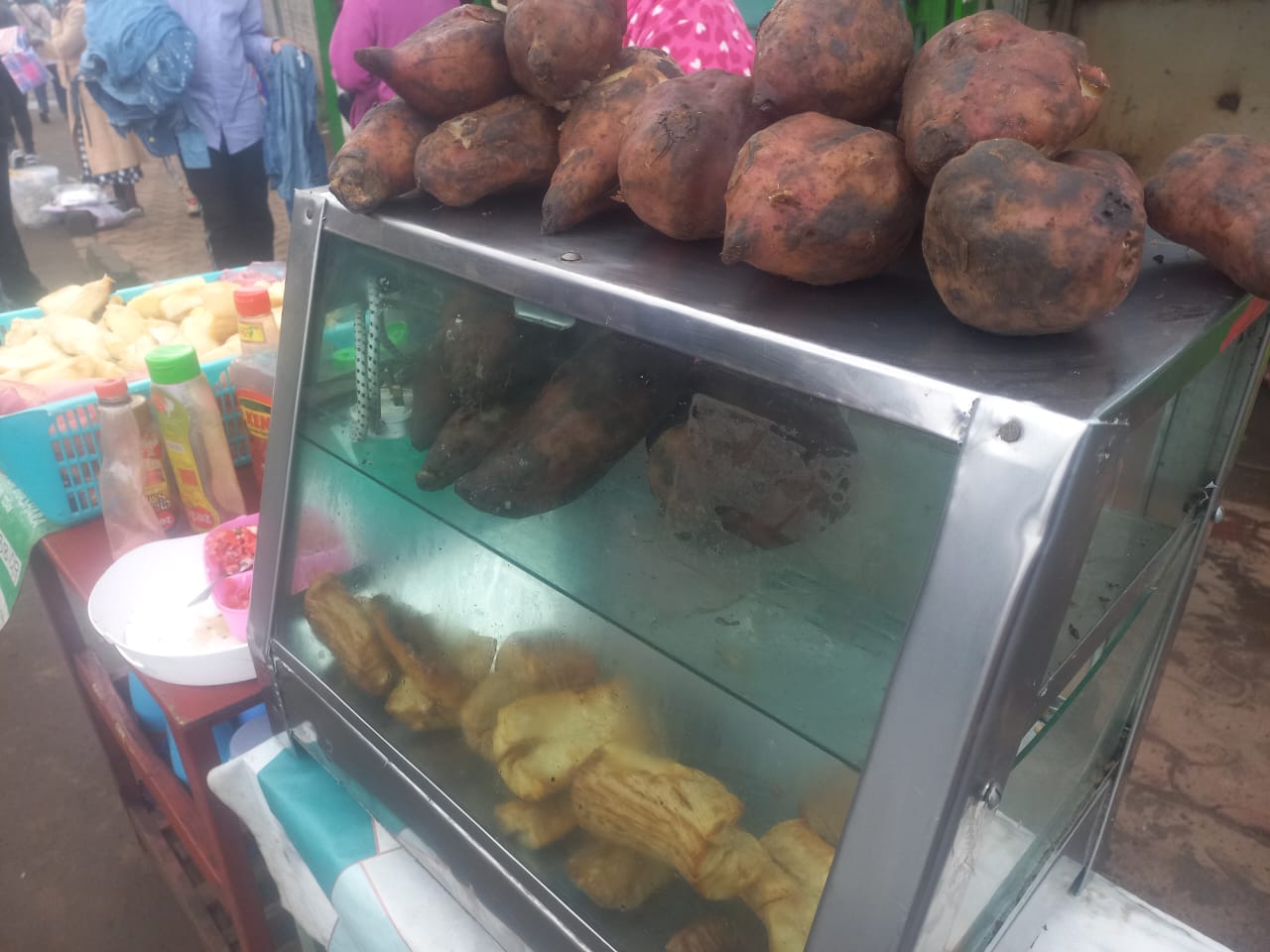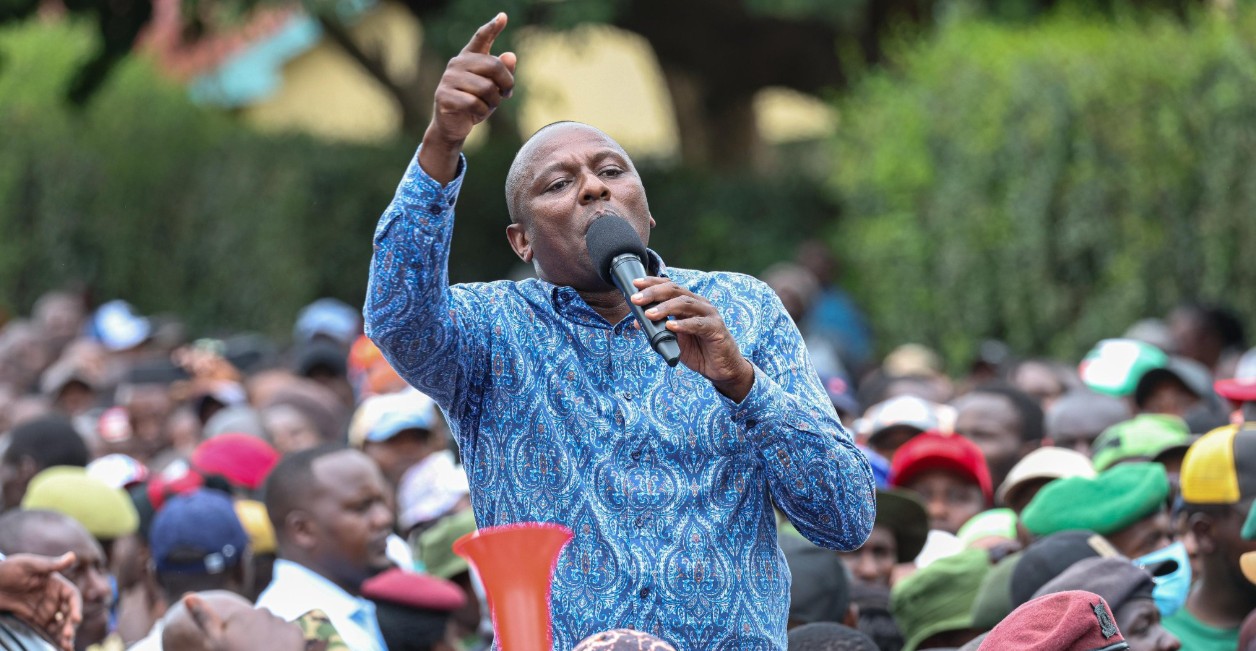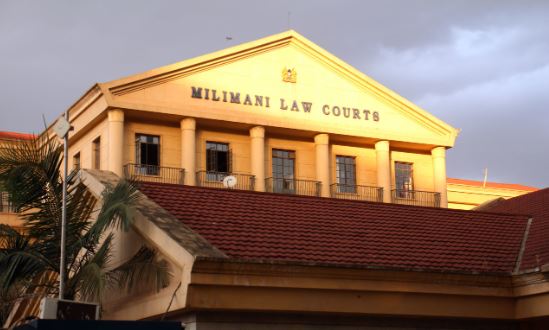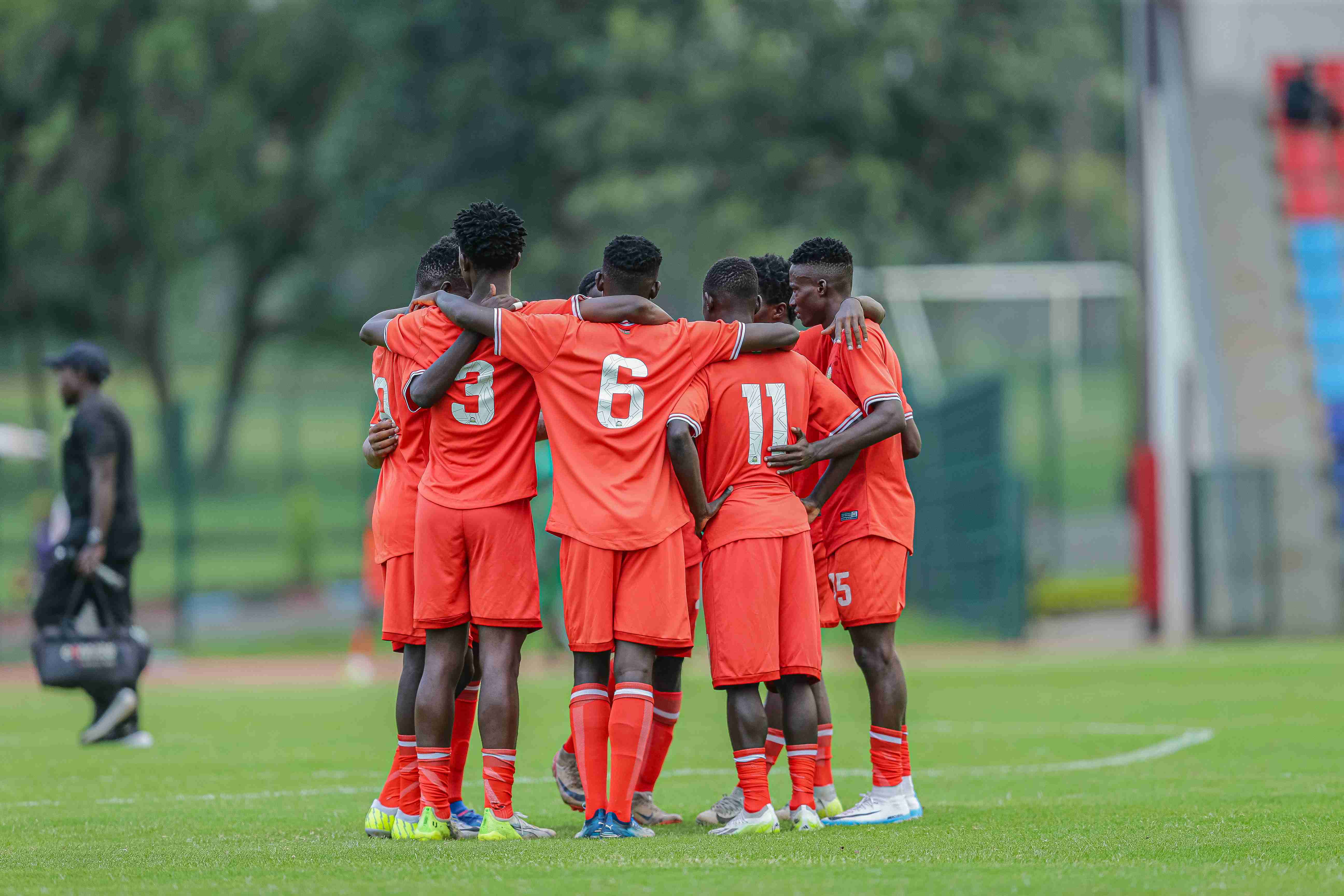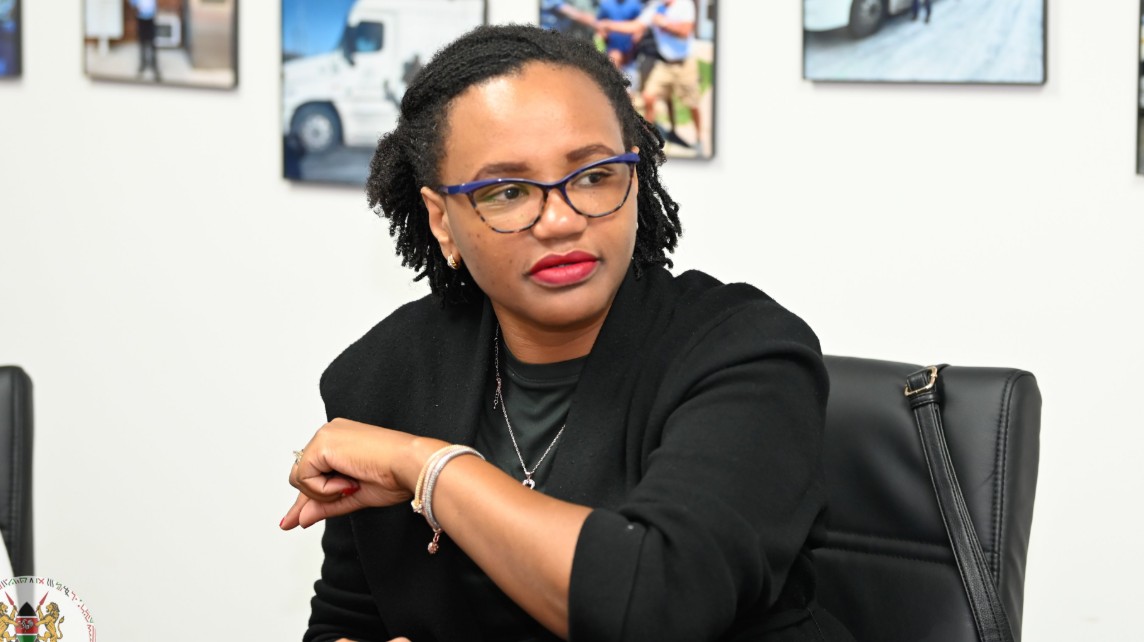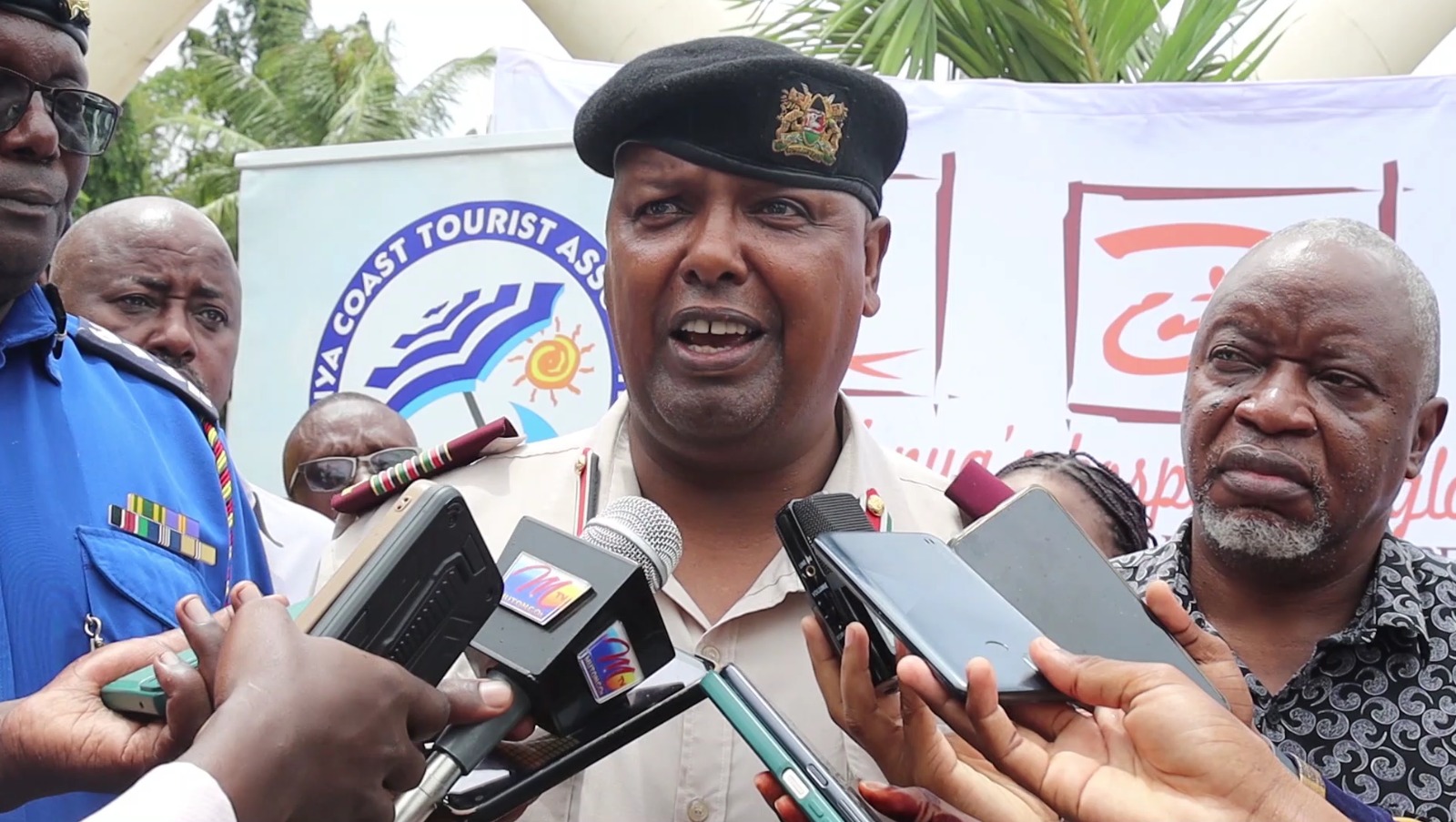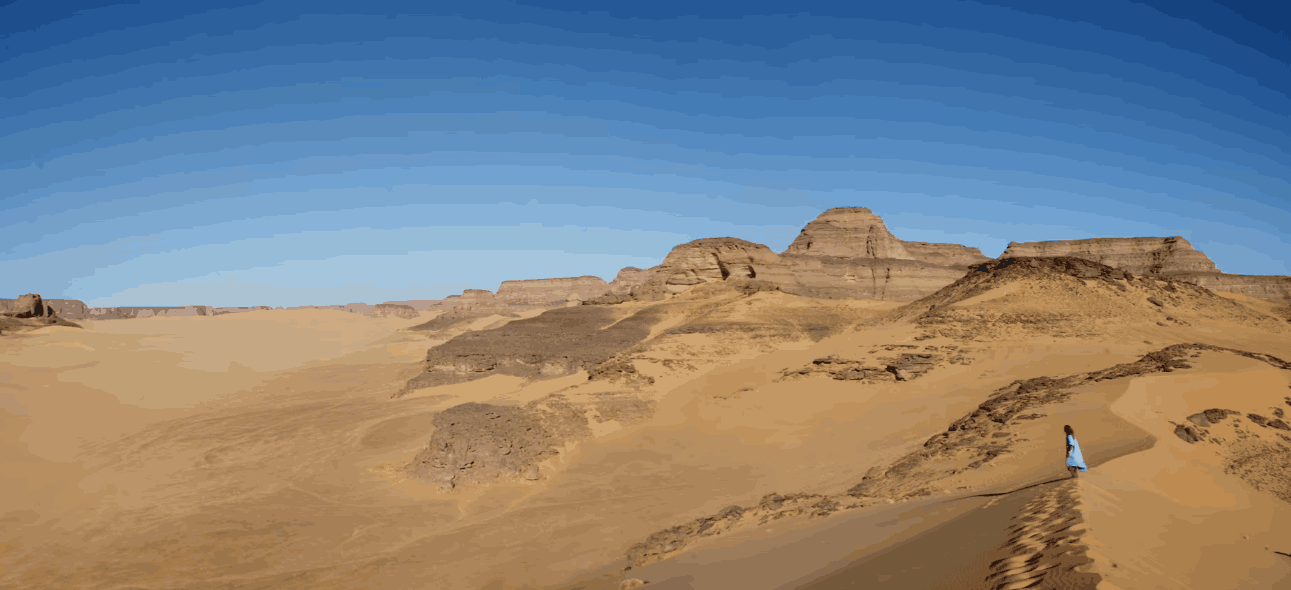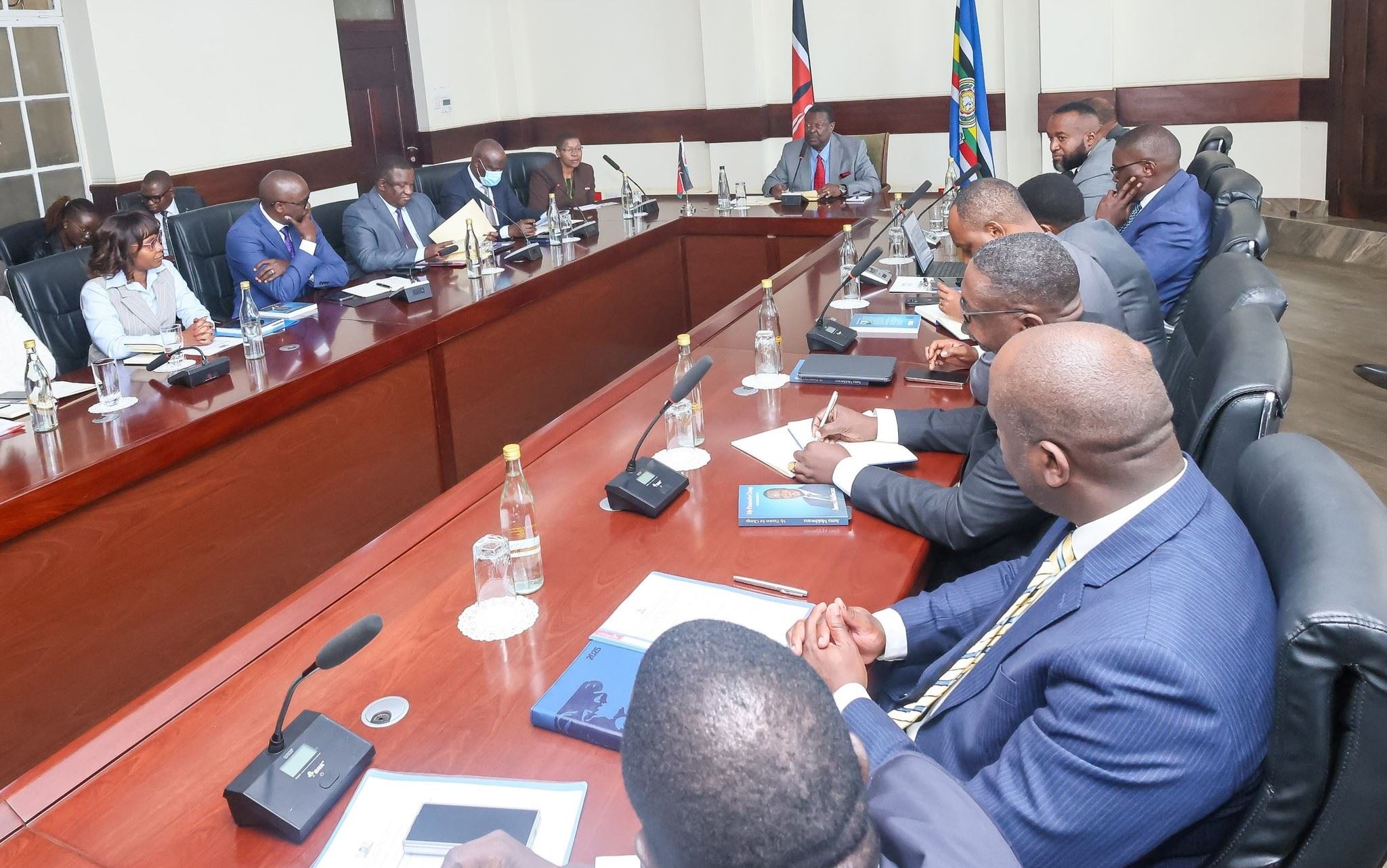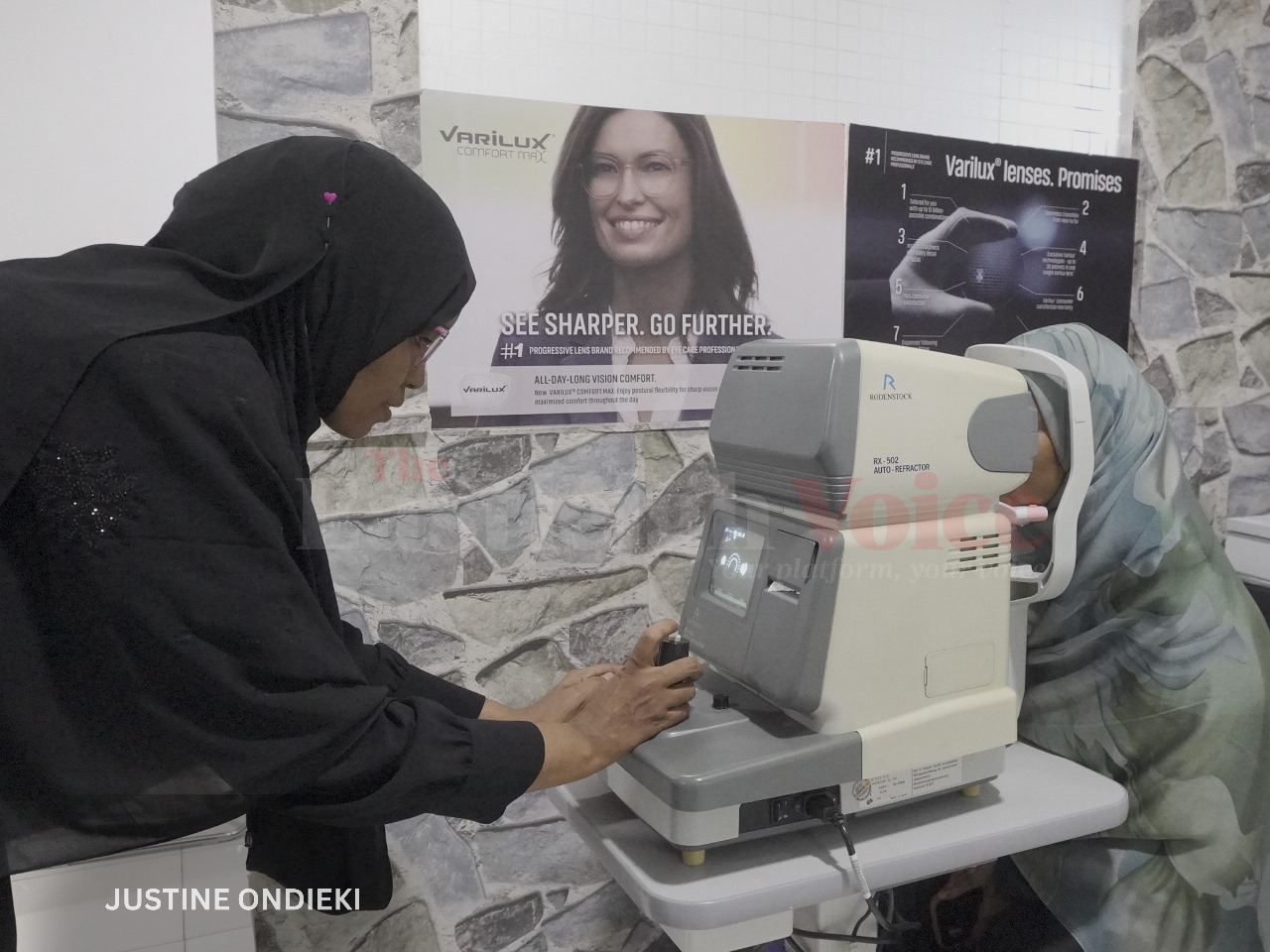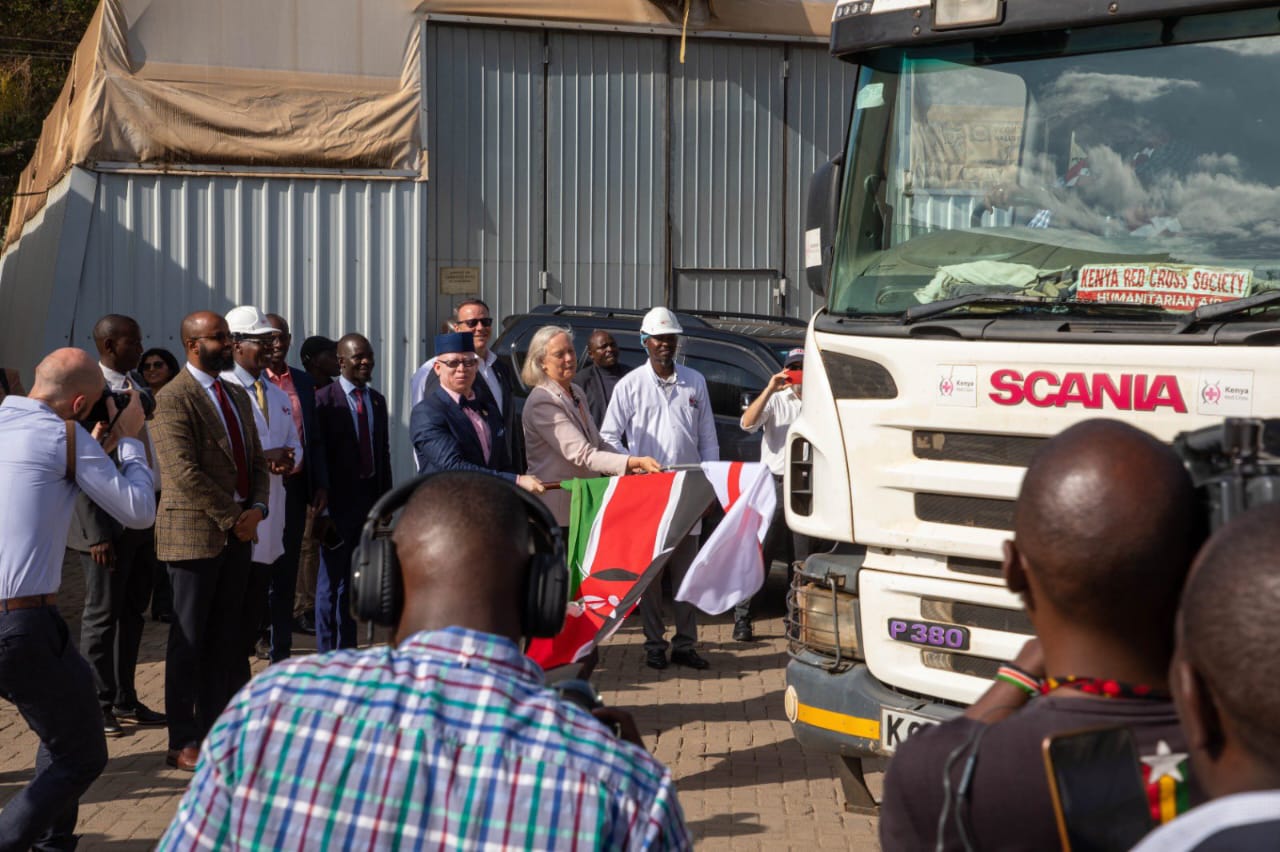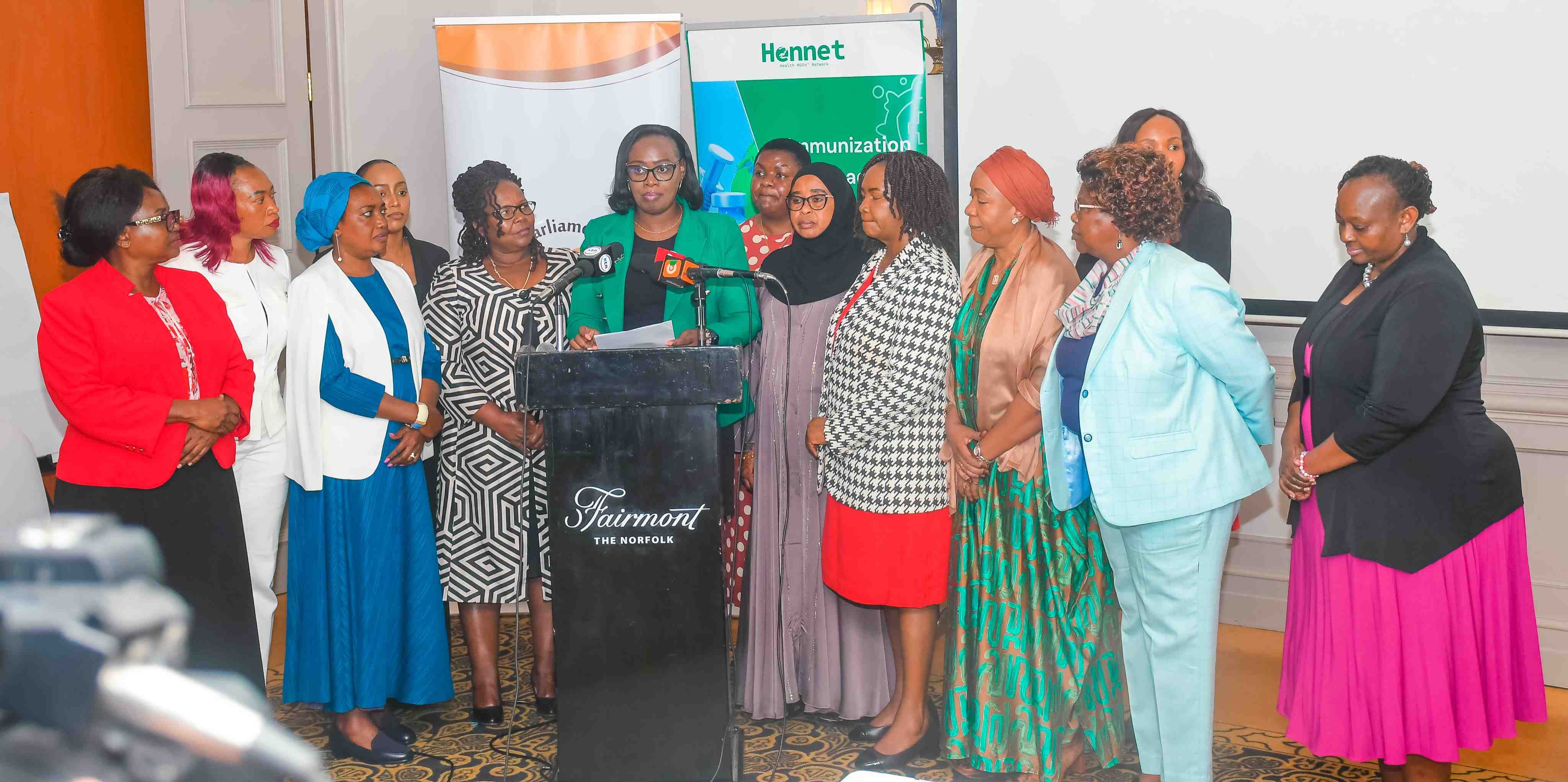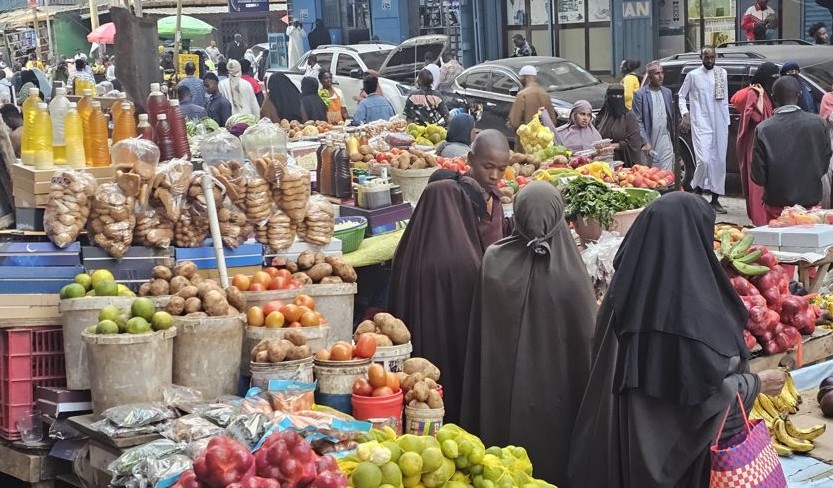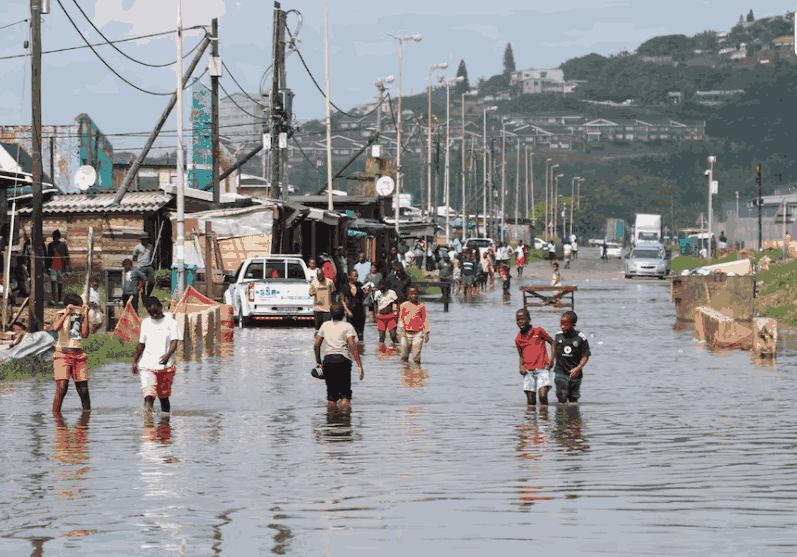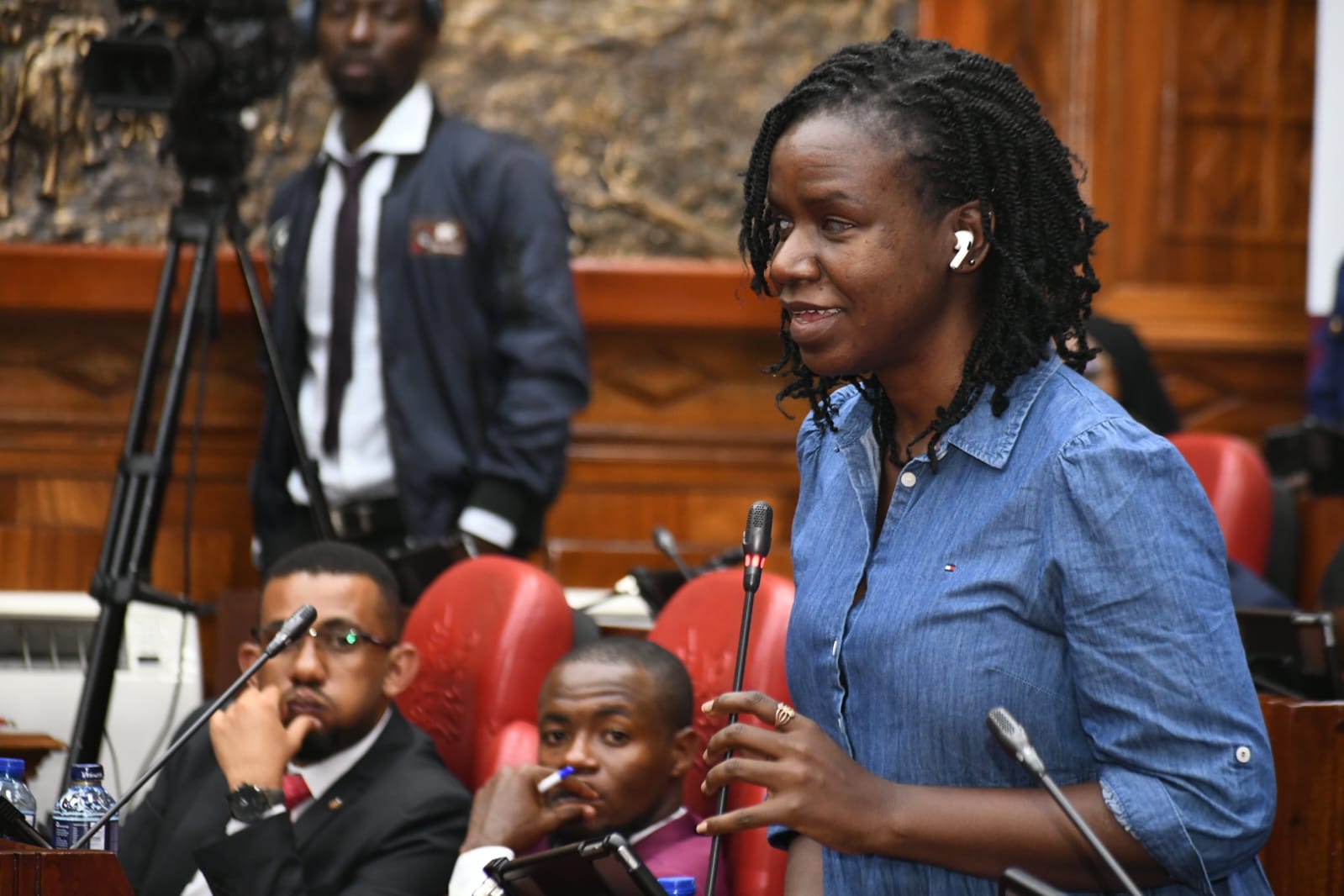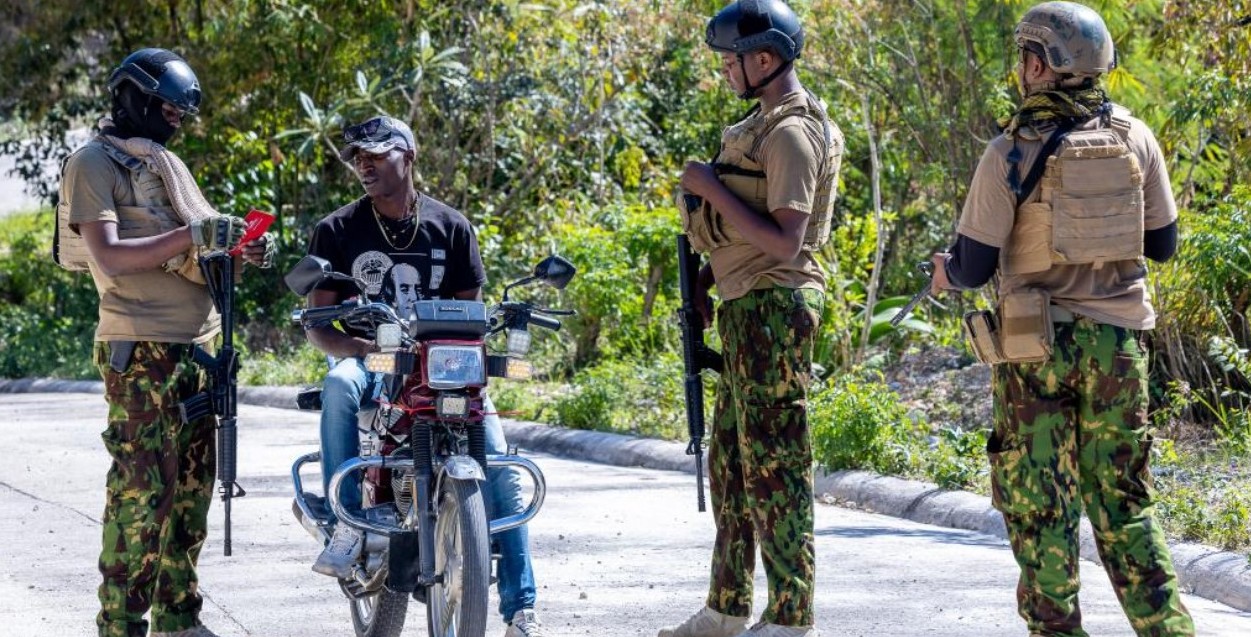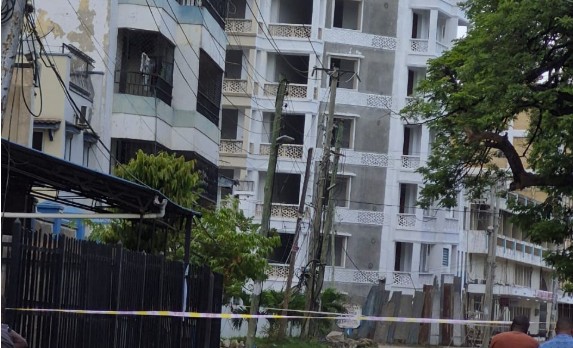MPs criticise government over unfair hardship area classification
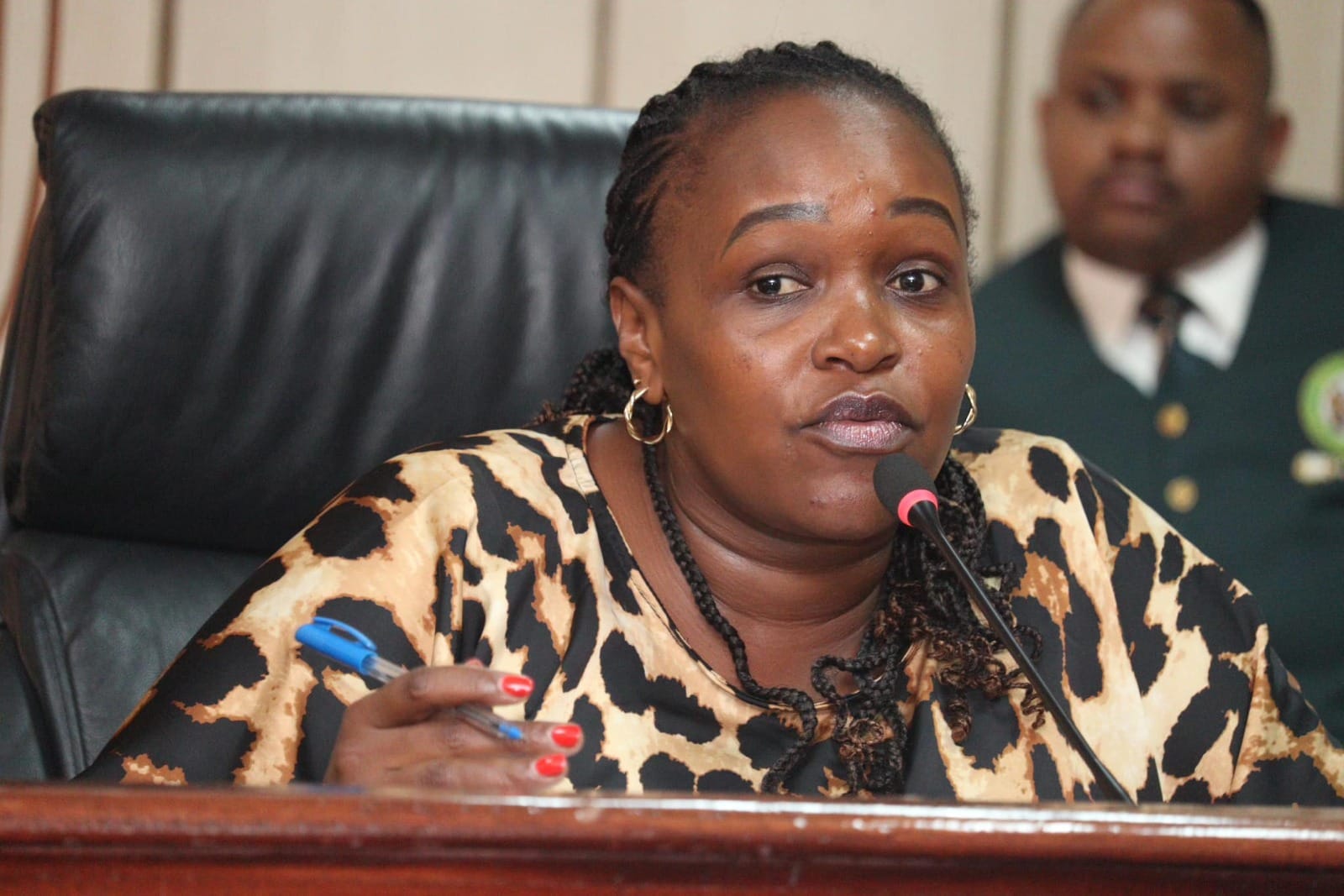
The MPs argue that the zoning has led to an unequal distribution of teachers, as many seek transfers to hardship-designated regions to benefit from allowances.
Legislators have criticised the government’s failure to implement a fair and transparent system for classifying hardship areas, arguing that the current zoning discriminates against certain regions and has led to an uneven distribution of teachers across the country.
Members of Parliament have criticised the government over what they term as unfair and discriminatory classification of hardship areas for teachers and other civil servants.
More To Read
The MPs argue that the zoning has led to an unequal distribution of teachers, as many seek transfers to hardship-designated regions to benefit from allowances.
The MPs noted that while some constituencies have been gazetted as hardship areas, their neighbouring regions facing similar challenges have been excluded. This disparity, they said, has resulted in a mass exodus of teachers from non-hardship areas to those designated as such.
Raising the matter in Parliament, Nyando MP Jared Okelo decried the exclusion of his constituency from the hardship classification, terming it unfair.
Gilgil MP Martha Wangari said the process of designating hardship areas remains opaque, with no clear indication of which government department is responsible.
“Let us know the parameters used. Do they change, and who makes the changes?” she posed, stressing the need for a review of the existing criteria.
Inconsistencies
Baringo North MP Joseph Makilap pointed out inconsistencies in classification, citing the case of Baringo, which is wholly designated as a hardship area, while Eldama Ravine is not, despite similar conditions.
He also questioned why neighbouring Elgeyo-Marakwet had been classified as a hardship area while some equally challenged regions had not.
The legislators further alleged that some teachers resort to bribery to either remain in or be transferred to hardship areas due to the lucrative allowances attached.
Following the debate, Speaker Moses Wetang’ula directed that Prime Cabinet Secretary Musalia Mudavadi be invited to address the concerns raised by the MPs.
Teachers in designated "hardship areas" receive a monthly hardship allowance to address challenging working conditions.
In the 2021-2025 Collective Bargaining Agreement (CBA), the Teachers Service Commission (TSC) designated specific regions as official Arid and Semi-Arid Lands (ASAL) and hard-to-staff areas.
These include Baringo North, Tiaty East, Tiaty West, and Marigat sub-counties in Baringo; Garissa; Suba and Mbita in Homa Bay; Isiolo; Mashuuru, Loitoktok, and Kajiado West in Kajiado; and Kwale.
Others are Magarini and Ganze in Kilifi; Lamu; Mandera; Marsabit; Mumoni, Mutito North, and Tseikuru in Kitui; Narok South and Narok North in Narok; and Samburu.
Also included are Taita Taveta, Tana River, Turkana, Wajir, and West Pokot.
However, not all areas within these regions qualify for hardship allowance, as it is only applicable in specific sub-counties rather than the entire county.
Top Stories Today
